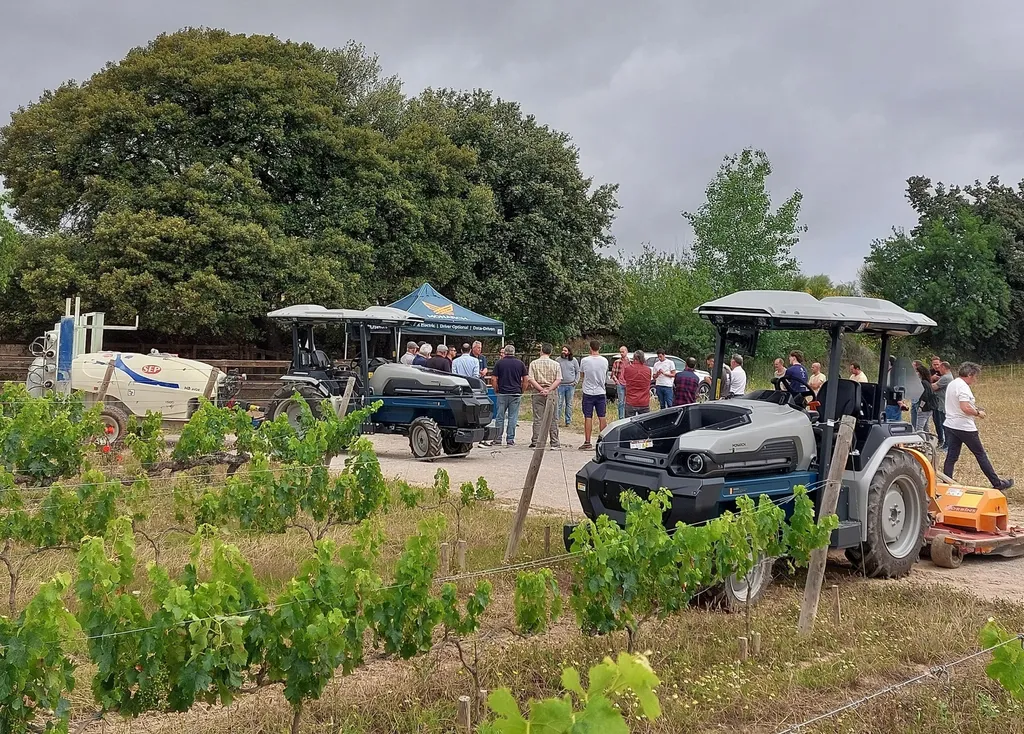In the heart of Spain, researchers have transformed an urban electric vehicle into a robust, autonomous agricultural inspector, potentially revolutionizing crop monitoring and offering a glimpse into the future of farm automation. The study, led by José M. Bengochea-Guevara from the Center for Automation and Robotics (CAR) at the Consejo Superior de Investigaciones Científicas (CSIC), demonstrates the feasibility of repurposing commercial electric vehicles for agricultural robotics, a development that could significantly impact the energy sector and beyond.
The team at CAR has successfully automated a Renault Twizy, a low-cost commercial electric vehicle, turning it into an autonomous inspection platform capable of navigating vineyards with precision. By integrating fuzzy logic controllers and a modular CAN-based control architecture, they automated the vehicle’s steering, throttle, and braking subsystems. Autonomous navigation was achieved using the ROS Navigation Stack, enabling the vehicle to perform inter-row maneuvers without human intervention.
“Our goal was to create a reliable, low-cost platform for autonomous crop monitoring,” said Bengochea-Guevara. “By leveraging existing technologies and commercial vehicles, we’ve demonstrated a scalable solution that could transform agricultural practices and reduce operational costs.”
The field experiments conducted in vineyard environments validated the system’s ability to navigate autonomously at low speeds, maintain stable trajectories, and perform complex maneuvers. This research, published in *Intelligent Agricultural Technology* (translated from Spanish), highlights the potential of integrating urban technologies into agricultural robotics, offering enhanced robustness, extended operational autonomy, and reduced development costs compared to conventional robotic platforms.
The implications of this research extend beyond agriculture. The energy sector, in particular, could benefit from the repurposing of electric vehicles for various applications, reducing waste and promoting sustainability. As Bengochea-Guevara notes, “The modularity of our system allows for easy adaptation to different environments and tasks, making it a versatile tool for various industries.”
This innovative approach to agricultural robotics not only promises to optimize agricultural production and improve crop quality but also paves the way for future developments in autonomous vehicle technology. By demonstrating the feasibility of repurposing commercial electric vehicles, the research opens new avenues for exploration in the field of robotics and automation, potentially shaping the future of both agriculture and the energy sector.

